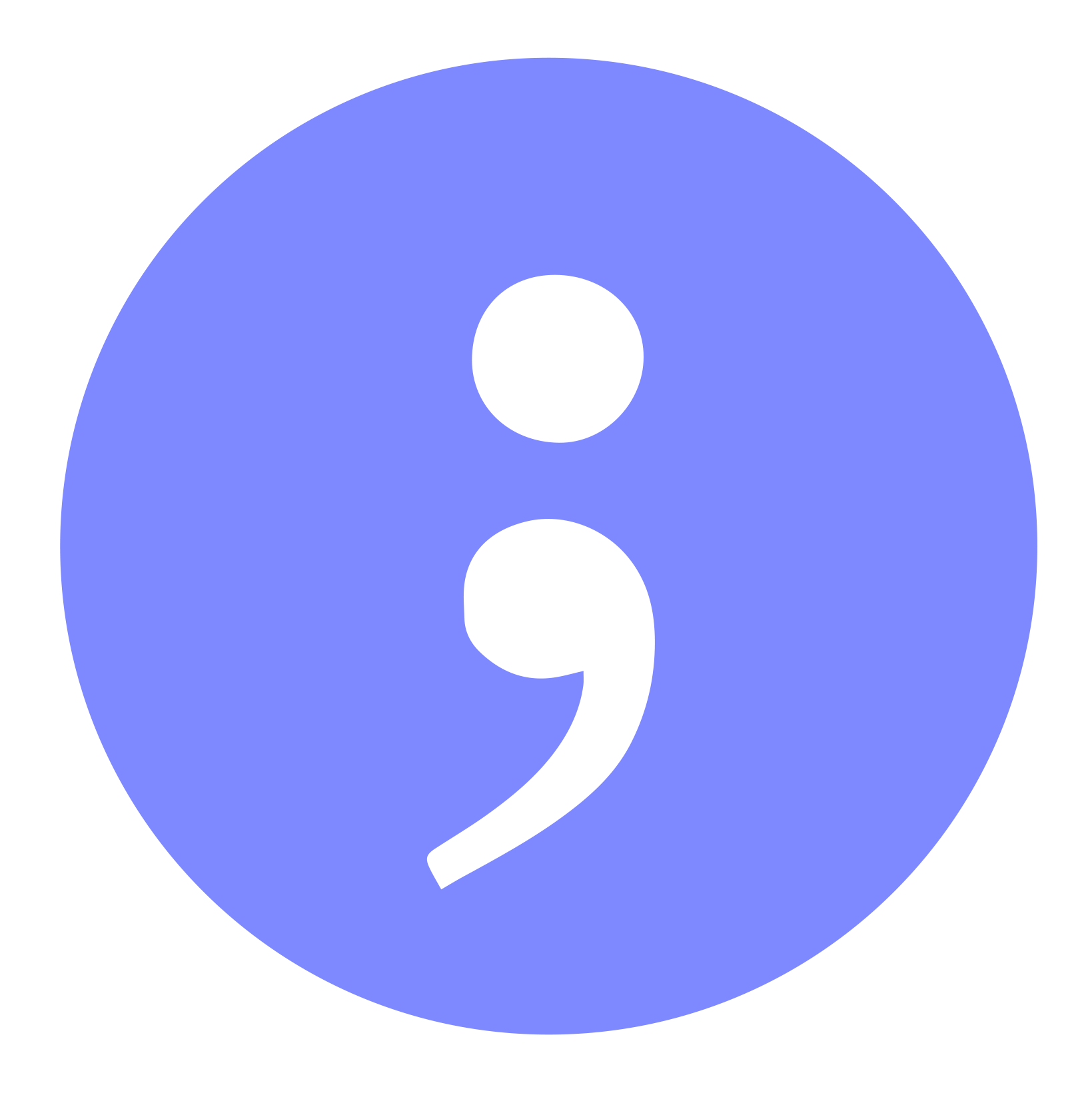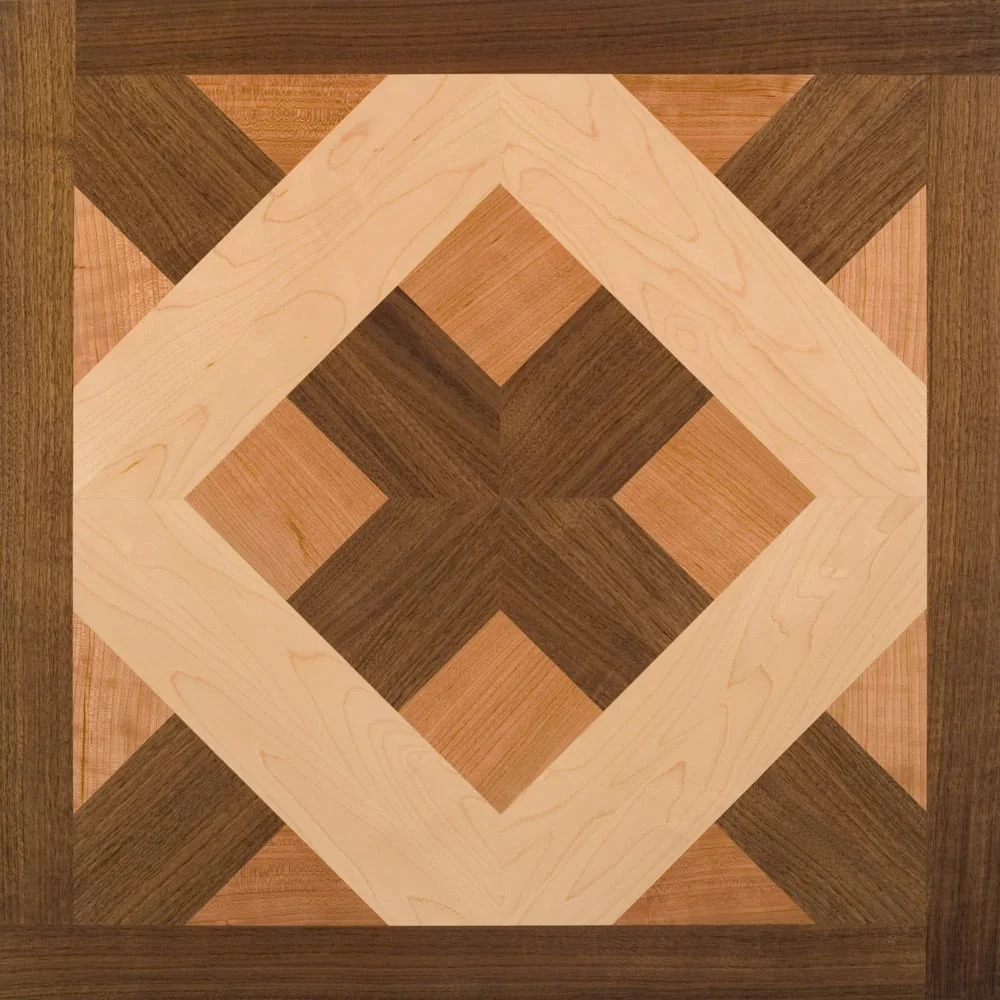All Horrors Under the Midnight Sun: On Nesbø’s KNIFE
by Tess Crain
(pictured above: parquet, deadly parquet.)
Everyone in Oslo has a parquet floor. This is what I’ve gathered, anyway, from reading the crime fiction of Jo Nesbø. While Nesbø has written standalone novels (like the excellent Headhunters and The Son), parquetry is general throughout his Harry Hole (“whoule” in Norwegian; how it looks in English) series, about the brilliant but polarizing Oslo Police detective, distinguished by his alcoholism and hail-mary competence. Two sentences into The Devil’s Star, water leaves “a wet streak over the oak parquet” of an apartment. In Nemesis, a thief’s shoes click loudly on the parquet flooring of a bank. A doctor in The Redbreast gazes sadly at “the worn parquet floor” of his office.
Nesbø is from Norway, and Scandinavia does love its inlaid wooden floorboards. Karl Ove Knausgaard, another windswept Nordic obsessive, once worked in a parquet factory. While the domestic enterprise of his My Struggle unfolds mainly in houses and apartments, however, I had to leaf through its volumes to find mention of “parquet.” Both My Struggle and the first ten Harry Hole books were translated by Don Bartlett, so inconsistent synonymy is not to blame. I would argue that the difference, rather, has to do with genre.
Crime and literary fiction operate on intersecting but distinct planes. Literature concerns walls: where art hangs, the barrier between civilization and wilderness, both literal and metaphorical. Art rises up, transcendent—we became sapiens by way of erectus. Noir, on the other hand, reminds us that sin is base, at once ignoble and foundational. What detective fiction investigates is the fall from grace. How it happened, why it happened, who let it happen: means, motive, opportunity. (Also, most murders in Nesbø entail punishing women for their appetite.) Corpses lie crumpled on the tile; blood pools on the carpet. In “The Adventure of the Second Stain,” Sherlock Holmes solves a murder by comparing bloodstains on a rug and the “beautiful, old-fashioned wood-flooring in square blocks” beneath—incidentally, parquet.
In the twelfth Harry Hole novel, Knife (Knopf, translated by Neil Smith), out this month, “parquet” appears three times in the first fifteen pages. Like the best of Nesbø, the novel is perfectly engineered and sexually problematic, like Lolita or Christiano Ronaldo. (Nesbø was a rising star in Norwegian soccer before blowing out his knee; the occasional cropping-up of his allegiances—Tottenham Hotspur, Lionel Messi—is one of the unnecessary pleasures of his writing.) Although the narrative derives from the previous book, The Thirst, it most resembles The Snowman: impeccably plotted, obsessed with paternity, and driven by a sense of punitive irony toward its antihero—and those he loves.
Jo Nesbø (Photo credit: Getty Images)
When the story begins, Harry has been kicked out by his wife, Rakel, and is drinking so much that, at one point, he licks a drop of Jim Beam off the (“highly polished”) floor. Meanwhile, a serial rapist nicknamed “the Fiancé” because he impregnates and then stalks his victims to ensure, on pain of death, that they have his baby, just got out of prison and is raping again. Then Harry wakes up after a drunken night with a blank memory, covered in blood, and learns that someone close to him has been killed with a knife. (The body is found curled on the floor.) From there, narratives run parallel, ultimately converging in a brutal but satisfying—if perhaps too neat—act of extrajudicial retribution. The denouement involves a literal dice-roll in an airport bar, implying the next installment both is forthcoming and could go in several directions.
After a dozen books, the author now knows his characters—and they each other—so well that their relationships generate the plot, each clue a memento of volumes past. While The Thirst explored the limits of perversity (the antagonist drank human blood), Knife returns to the Biblical heart of violence: jealousy, patrimony, revenge. It’s an intimate work, a finely built home with bloodstained floors. The downside of this is that, although the novel stands alone, its power diminishes without knowledge of at least some backstory. Still, devoted readers will reap a great reward.
One absence, alas, is Nesbø’s chronic fictionalization. From the “Märklin rifle,” a gun with the stealth of a sniper rifle and the blow-your-head-off bravado of a sawn-off shotgun, to the “Metzner,” a breed of dog ostensibly related to the Rhodesian Ridgeback that stalks its prey in silence, the author has a history of plausible invention. This can trigger readerly distrust, yet there’s something charming in his childish impulse to use a physically viable object or creature that does not exist. Some of the inventions, however, like an apple-shaped device that drowns victims in their own blood, suggest that, like pornography and those two men on German craigslist, all horrors under the midnight sun have, if not occurred, at least been imagined. Some of the books with originals gain memorable gravity. Others, overstuffed with fiction, choke. For worse and for better, Knife may simply lack the ranginess required for such fancy.
Nesbø has called Knife his darkest book yet, putting Harry through “the most terrible thing” imaginable. I recently learned that the author has always envisioned the saga as a tragedy. (He rewrote Macbeth for the Hogarth Shakespeare series, so I guess I should have known.) Knife may mark the moment after sublime weightlessness—that is, happiness, which Harry finally experiences at the outset of the The Thirst—that signals the final fall: to the bottom of the barrel or a chalk outline on the floor, or both. The protagonist himself once said that, when it was time, he would drink himself to death in an Oslo bar. Hopefully the throw of the dice will abolish that chance. If not, though, the floor will probably be parquet.
Tess Crain is a graduate of the NYU Creative Writing Program, where she served as a Goldwater Fellow. Her writing has appeared in the New Republic. She lives in New York City.






